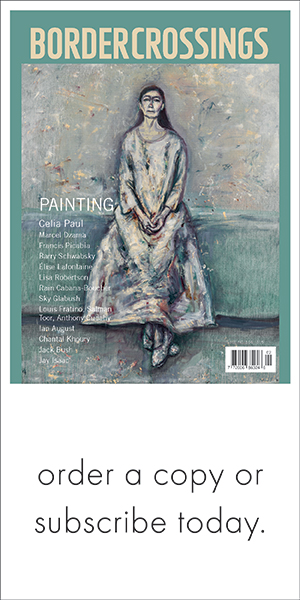Barbara Taylor’s new book highlights a very personal inner journey.
It is about how a person can move from dreaming about her therapy session like this:And eventually leave that therapy years later like this:I arrive at my session fit to be tied, as the saying goes. I lower myself on to the couch and go very still. Then I hurl into action. I throw myself at V [her therapist], punching him in the chest, biting his face, kicking his balls, twisting his arms until they snap. Finally, in an ecstasy of fury, I devour him wholesale, beginning with his head. Afterwards I lie satiated, shaking, listening to him breathing quietly behind me. The tumult subsides, my heart rate slows; another kind of image appears in my mind’s eye.
V: You’re telling me you can...
Kwame McKenzie is the medical director at the Centre for Addiction and Mental Health and a professor at the University of Toronto.

